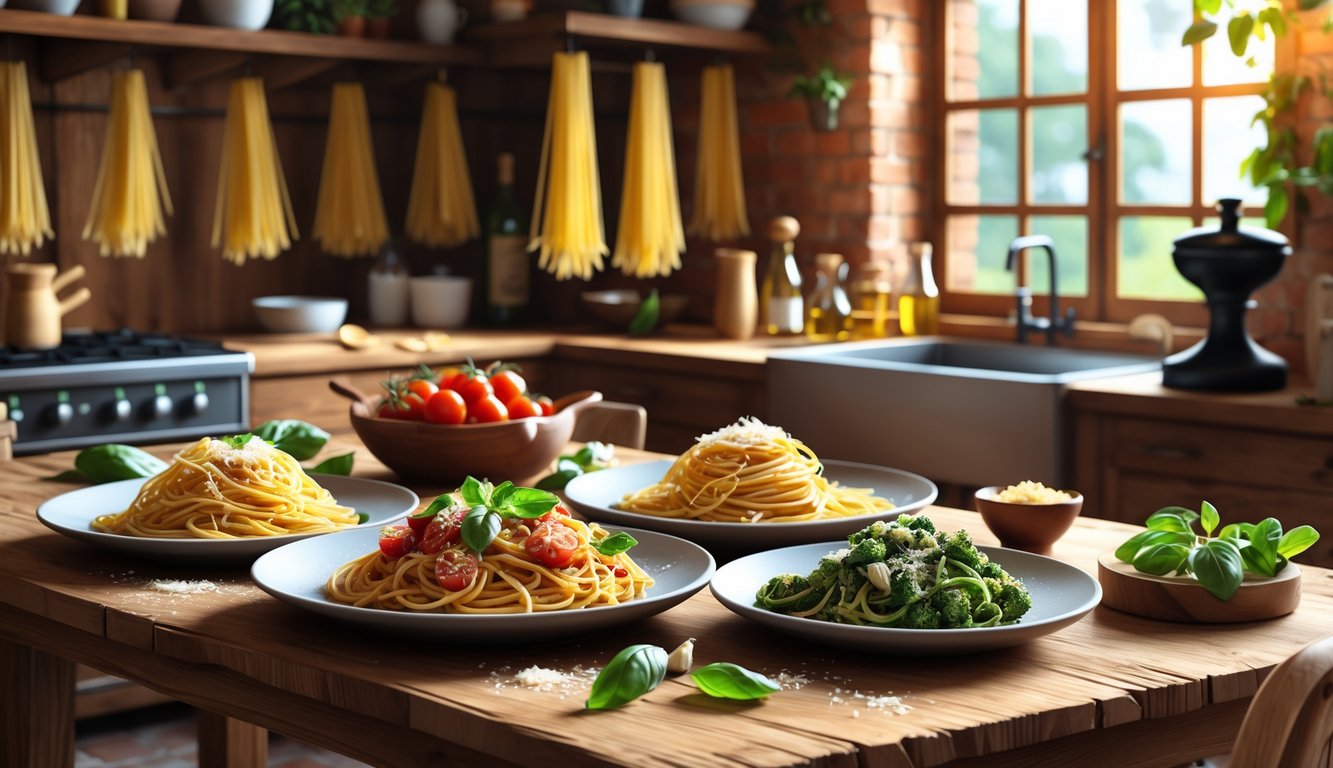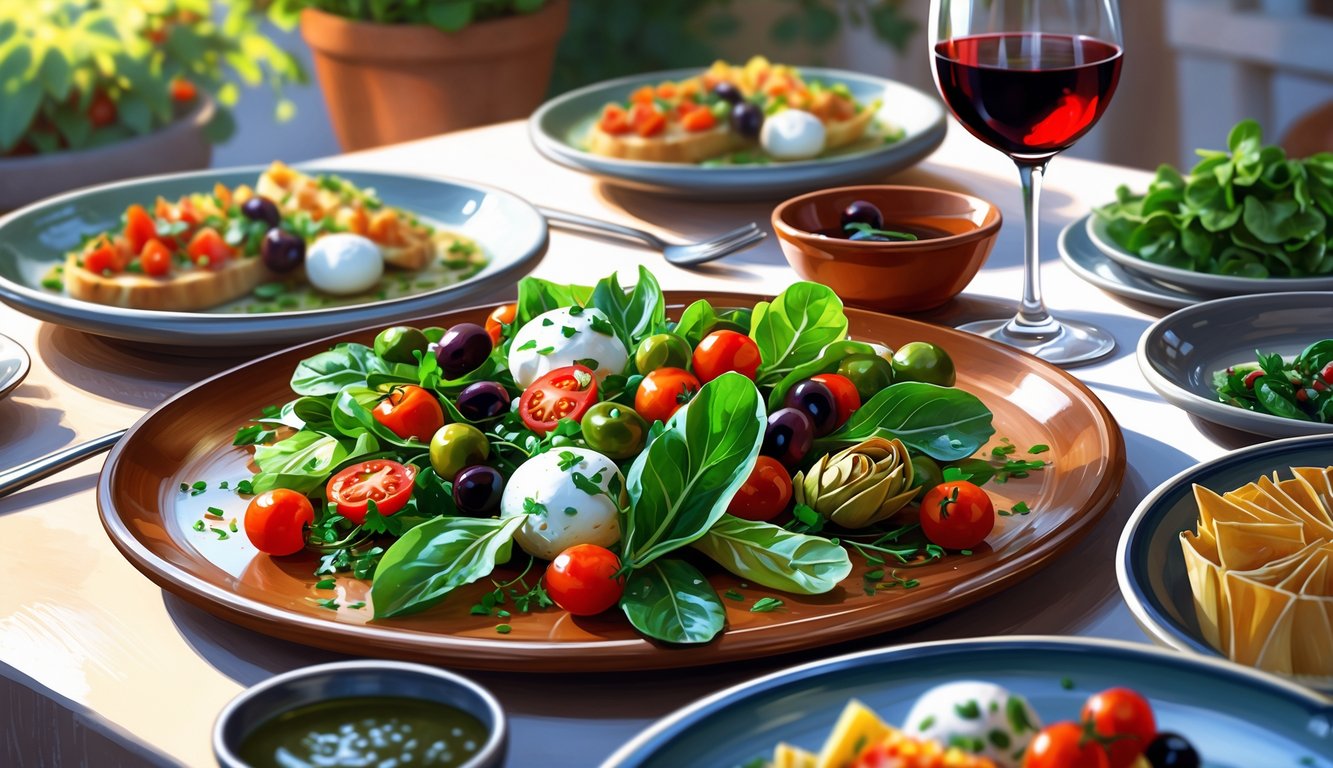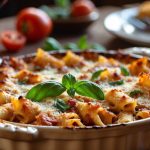
Salads, Sides, and Starters Italians Skip

Okay, so, I’m just gonna say it: the minute I sit down at some “Italian” place and spot a parade of garlic bread and those chopped salads, I know I’m in for a weird ride. It’s like, who decided these were Italian? Chef Luca Marchiori even told La Cucina Italiana that most of this stuff wouldn’t last five minutes in Rome. My friends visit, they ask for my take, I just try not to roll my eyes at the menu dripping with garlic oil and “Tuscan” this or that.
Garlic Bread Myths
Garlic bread really makes me twitch. I mean, what’s with the U.S. obsession? Bags of “Italian-style” garlic bread slathered in that fake garlic spread, parmesan raining down, showing up before you can even blink. In Italy? Nope. Garlic bread just isn’t a thing. Nobody’s tossing baguette slices drowned in butter and oregano on the table. Not even the cheesiest tourist traps. If anyone does anything with garlic and bread, it’s called bruschetta. And that’s just grilled bread, maybe a swipe of raw garlic if you’re lucky, olive oil, sometimes tomatoes. That’s it.
Tuscany Now & More points out that actual Italian tables get plain bread—no garlic, no show. It’s just there to mop up sauce, not to be the star of the show. Every time I see “garlic breadsticks” on a menu, I can practically hear Italians groaning from across the ocean.
How is this myth still alive? Italian expats, chefs, random people on the internet—they all say the same thing: garlic bread is just marketing. But hey, apparently nobody listens.
Bruschetta vs. American Versions
Real bruschetta is so simple it’s almost boring—rustic bread, olive oil, maybe tomatoes or beans. But walk into an American spot and suddenly it’s a mountain of toppings, balsamic syrup zig-zagged over everything, sometimes feta, and, if the universe hates me, a squirt of that “Italian dressing” nobody in Milan has ever heard of. No wonder Italians flinch. They’re thinking of the real thing: one or two fresh toppings, not a salad bar on toast.
I spent a week in Florence—every café had its own take, but never cheese globs or bottled dressing. Chef Carlo Cracco (Corriere della Sera) says the bread should be hot, rough, maybe scrape your gums a little, not that soft whole wheat stuff. The American versions? All soggy, all wrong.
And balsamic reduction? Nope. If I see a bottle of “Italian dressing” headed my way, I’ll just pull out my own olive oil, thanks.
Caesar Salad as a Starter
If someone offers me a Caesar salad before my pasta—giant parmesan shavings, croutons, creamy dressing—I have to try not to laugh. Caesar salad? Mexican invention by an Italian-American guy. Not Italian. Never been a thing at real Italian meals. Food & Wine even says salads in Italy are basic: lettuce, oil, maybe lemon, and always after the main, not before.
Back home, Italian places toss on a side salad as an afterthought, not as some big opening act. Dressing? It’s oil, vinegar, salt. No Caesar, no croutons, no creamy stuff. Ask for it in Florence and you’ll get a blank stare or maybe just a pile of arugula.
Why do menus still lead with Caesar? No clue. If you want an Italian-American classic, sure, go for it. But if you’re after anything authentically Italian, just skip it.
Pasta Classics Italians Choose Instead

Let’s get one thing straight: real Italian pasta isn’t about drowning everything in cheese and sauce. Most of the time, the best dishes barely have any sauce at all. It’s all about the pasta’s bite, the egg yolks, the cheese, the tomatoes—simple stuff. Anyone who says otherwise probably hasn’t sat through a Tuesday lunch in Bologna, or gotten scolded by a Nonna over parmesan.
Tagliatelle with Ragù
Tagliatelle with ragù—especially the Bolognese kind—is everywhere my Italian friends eat. But then you look at tourist menus and it’s always “spaghetti bolognese.” Nobody in Bologna orders that. The real deal? Wide, eggy tagliatelle, hugging a slow-cooked meat sauce. Marcella Hazan says to add milk, not cream, and let it simmer forever.
A sommelier in Parma once told me the sauce is supposed to be 70% meat, 30% tomato. Not sure if he was making that up, but it sounds right. The ragù clings to the pasta, not puddling underneath. If you see sauce pooling, you’re eating the wrong dish. Also, parmesan goes on after you taste it, not before. Texture matters: tagliatelle, not penne, not spaghetti. Otherwise, what’s the point?
People sometimes toss in peas or mushrooms—why? Every Italian cook I’ve met says that’s just missing the point (details here).
Cacio e Pepe
Cacio e pepe—honestly, it’s the pasta you argue about at 2 a.m. with Roman friends. No cream, no butter (well, maybe a smidge, but don’t tell the purists)—just pecorino Romano, black pepper, and starchy pasta water. Not Alfredo, even if Chicago menus keep mixing it up.
A chef in Trastevere made me swear I’d never use pre-grated cheese. I thought he was joking, but after a few failed attempts, I get it: pre-grated cheese is the enemy, clumps everywhere. The pasta needs to be hot, but not boiling, or the cheese just seizes up. Most guides say tonnarelli is best, or spaghetti alla chitarra, but not that chewy supermarket stuff. Starch matters. If you’re eating it outside Italy, just ask if they make it fresh or reheat it—otherwise, you’re getting mush (chef’s rant here).
Pasta al Pomodoro
If you wander into a Roman or Neapolitan kitchen late at night, someone’s probably making pasta al pomodoro. It’s the fallback when nothing’s left in the fridge. No jarred sauce—always peeled San Marzano tomatoes, or whatever’s around, simmered just right. Sometimes garlic, sometimes not. For me, olive oil is as important as the tomato—bad oil ruins everything, so I don’t cheap out.
American restaurants drown it in sauce or add sugar—why? Tomato should taste clean, maybe a little basil, not hidden under oregano or cheese. My neighbor Lucia (87, still sharp) swears the pasta should be a little underdone before tossing with the sauce, so it finishes cooking and soaks up the flavor. I checked—every Italian cookbook says the same (practical details).
And if someone tries to add meatballs or garlic bread? That’s the universe telling you to go buy a plane ticket and try the real thing.



